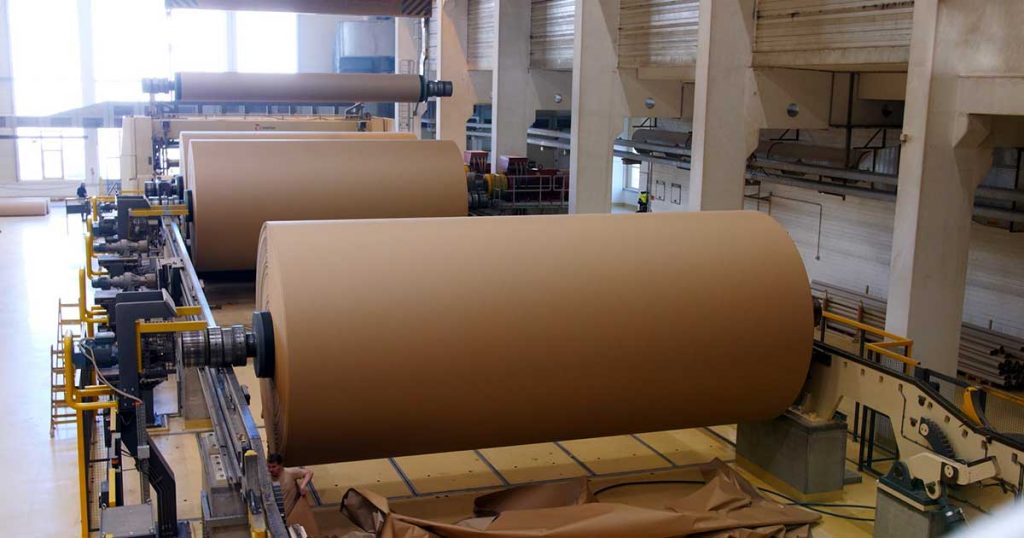3. REMANUFACTURING FROM PAPER
The collection and recycling of residential paper waste is relatively stable in the EU. Even decades ago, for example, school paper collection worked well as a tool of environmental education. In the reuse and recycling of paper waste, the infrastructure of domestic waste processing has never encountered such obstacles as in the case of plastic waste in the early 2000s, or nowadays in the case of glass waste. The production of paper is an activity with a heavy environmental burden, as, among other things, large amounts of water and additives are used. The most important problem is, of course, the destruction of forests, with which the primary raw material needs are met.
The production of paper requires vegetable fibers, which are mostly extracted from wood and wheat straw. These raw materials are called primary fibers, while those produced from paper waste or textiles are called secondary fibers. In paper recycling, packaging paper production is at the forefront, cardboard and corrugated paper products (e.g. boxes, paper bags) are produced almost entirely (95-98%) from paper waste. In households, sanitary papers (toilet paper, handkerchiefs, hand towels), writing paper, notebooks, and egg trays can also be made from recycled paper. After the waste is mechanically torn and broken down into fibers, gypsum and water are added, pressed, and dried to produce environmentally friendly plasterboard sheets, which are widely used in the construction industry.
The first step in the processing of the logs delivered to the paper processing plant is the preparation of the wood pulp. This starts with stripping off the bark, which is done with the help of debarking machines. These steps are of course omitted if waste paper bales are received as production raw materials. A large amount of water is added to the shredded wood or waste paper. In addition to water, the wood is pulped with various chemical substances, and the color of the paper to be produced is bleached with chlorine or hydrogen peroxide. In the work phase of sieving, the liquid paper is transferred to the cylinder row with the help of a sieve cloth, where the water is extracted from the paper with the help of different press cylinders. This is where the thickness of the paper is set, and the material begins to dry as a result of water loss. As a final step, the paper is stretched, dried and rolled up (Figure 9). This is how it becomes economically transportable as a raw material (Szebenyi 2021).

9. Figura The rolled-up paper raw material (greendex.hu 2022)
The selectively collected municipal paper waste is first sent to a waste sorting facility, where various inappropriate materials (plastic filmand/or metals) are removed by manual or mechanical sorting. It is then compacted into bales weighing hundreds of kilograms and transported to paper mills for recycling. Packaging and other “soft” papers, as well as paper cartons are sorted in the sorting plants, so that paper bales with the right composition already arrive at the processing plants. The cardboard itself can of course be made by reusing cardboard waste.

 Español
Español Turkish
Turkish български
български Magyar
Magyar Polski
Polski Português
Português